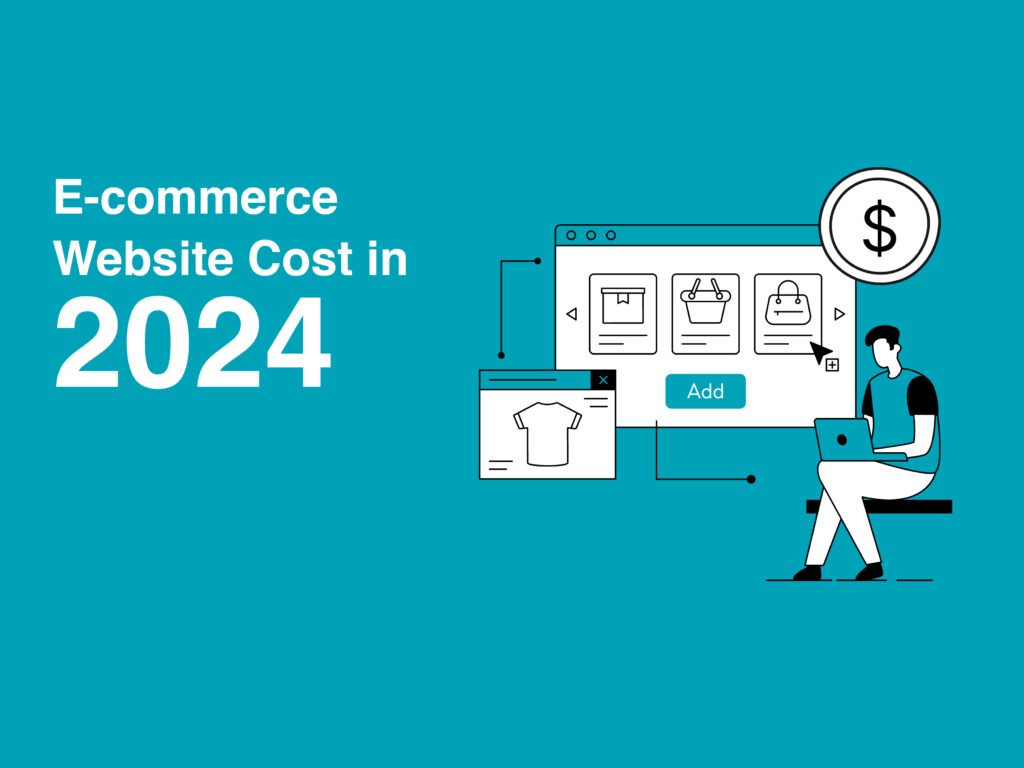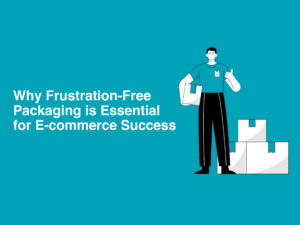The allure of starting your own online business, specifically an eCommerce store, is undeniable. The freedom, flexibility, and potential for explosive growth captivate aspiring entrepreneurs worldwide. However, amidst the excitement and countless “how-to” guides, a crucial question often gets buried: how much does it cost to build an eCommerce website in 2024?
Unlike the readily available tutorials promising overnight success stories, the answer to this question isn’t a one-size-fits-all figure. The cost of an eCommerce website can vary significantly depending on several factors, each acting like puzzle pieces that ultimately determine the final price tag:
- Your desired website features and functionality: Do you need a basic online storefront, or do you envision a feature-rich platform with advanced functionalities like product customization, user accounts, and complex order management systems?
- The chosen eCommerce platform: Various platforms cater to different needs and budgets, each with its own pricing structure.
- Development approach: Will you build the website yourself, hire a freelance developer, or work with a web development agency?
- Your location: Development costs can vary based on the geographic location of your chosen developer or agency.
This comprehensive guide delves into the various cost components involved in building an eCommerce website in 2024, empowering you to make informed decisions and estimate the potential cost of launching your dream online store.
Unveiling the eCommerce Website Cost Breakdown: Key Components

1. Domain Name and Web Hosting:
- Domain Name: This is your website’s unique address on the internet, typically costing between $10 and $20 per year.
- Web Hosting: This service stores your website’s data and makes it accessible online. Costs can range from around $5 per month for basic shared hosting to hundreds of dollars per month for dedicated hosting with enhanced security and performance. Although, this cost is not applicable if you choose to go for hosted solutions like Shopify
2. eCommerce Platform Costs:
Several popular eCommerce platforms offer varying features and pricing models:
- Open-source platforms: Options like WooCommerce (free) and Magento (free) require additional costs for themes, extensions, and potentially, development expertise to customize.
- Hosted solutions: Platforms like Shopify (starting at $29/month), BigCommerce (starting at $30/month), and Wix eCommerce ($23/month) offer all-in-one solutions with pre-built features and ongoing subscription fees.
3. Website Development:
- DIY Approach: Building the website yourself using readily available tools and templates can cost as little as $0, but requires significant time investment and technical know-how.
- Freelance Developers: Hiring a freelance developer can cost anywhere from $20 to $100 per hour, depending on their experience and skillset.
- Web Development Agencies: Working with a web development agency typically involves a project-based fee or hourly rates ranging from $50 to $200 per hour, offering a comprehensive solution with experienced professionals.
4. Additional Costs:
- Payment gateway fees: These services handle online transactions and usually charge a per-transaction fee or a monthly subscription fee.
- Design costs: If you require a custom website design, expect to pay between $500 and $5,000, depending on the complexity of the design and the designer’s experience.
- Marketing and advertising: While not strictly a website development cost, allocating a budget for marketing and advertising is crucial for attracting customers to your online store.
Estimating Your eCommerce Website Cost: A Practical Guide
Considering the diverse factors influencing the final cost, here’s a practical approach to estimating your eCommerce website budget:
- Define your website needs and functionalities: Outline the essential features you require for your online store. Will you need product catalogs, shopping carts, customer accounts, order tracking, etc.?
- Research different eCommerce platforms: Explore available options, and compare their features, pricing structures, and ease of use.
- Consider your development approach: Determine if you’ll build the website yourself, hire a freelancer, or work with an agency. Weigh the cost implications against your technical expertise and available resources.
- Factor in additional costs: Don’t forget to account for domain name, web hosting, payment gateway fees, and potential design or marketing costs.
By considering these elements, you can develop a realistic budget for your eCommerce website cost. However, it’s important to remember that these are just estimates. The final cost can vary depending on specific project requirements and unexpected challenges that may arise during development.
Beyond the Cost: Considerations for Sustainable Growth
While focusing on the initial cost is essential, remember that building a successful eCommerce website is a continuous investment. Consider these additional factors beyond the initial cost:

- Maintenance and updates: Maintaining your website with regular updates, security patches, and bug fixes is crucial for optimal performance and security. These ongoing costs can range from a few hundred dollars per year to significant expenses depending on the complexity of your website.
- Marketing and advertising: Attracting customers to your online store requires ongoing marketing efforts. This can involve budget allocation for social media advertising, search engine optimization (SEO) services, email marketing campaigns, or content marketing initiatives.
Making Informed Decisions: Striking the Right Balance
Building an eCommerce website presents an exciting opportunity for aspiring entrepreneurs. By understanding the cost breakdown, adopting a practical approach to estimation, and considering long-term investments, you can make informed decisions and embark on your online business journey with a realistic roadmap.
Remember, the “right” cost ultimately depends on your specific needs and long-term vision. While aiming for the absolute lowest initial cost might seem tempting, prioritizing quality features, functionality, and professional development can translate into long-term cost savings through efficiency, scalability, and reduced maintenance needs.
Here are some additional tips for making informed decisions:
- Start small and scale gradually: Begin with a basic website that fulfills your core needs and functionalities. As your business grows, you can add features and functionalities incrementally to avoid overwhelming initial costs.
- Seek expert advice: Consulting with experienced web developers or eCommerce specialists can provide valuable insights into platform selection, development approaches, and cost-effective solutions aligned with your goals. Consider partnering with a company like Scoop Global [Insert link to Scoop Global’s eCommerce services page]. Their team of experts can guide you through the process, identify the right platform for your needs, and ensure your website is built for growth and scalability.
- Focus on value, not just cost: While cost is an important factor, prioritize choosing solutions that offer the best value for your investment. Consider factors like long-term scalability, ease of use, ongoing support, and potential return on investment (ROI). Scoop Global’s data-driven approach and focus on maximizing profitability can help you achieve your long-term eCommerce goals.
By carefully considering these factors and adopting a strategic approach, you can navigate the world of eCommerce website development with confidence, setting the foundation for a thriving online store. Partnering with the right experts like Scoop Global can provide the guidance, expertise, and strategic support you need to turn your eCommerce vision into a reality.


